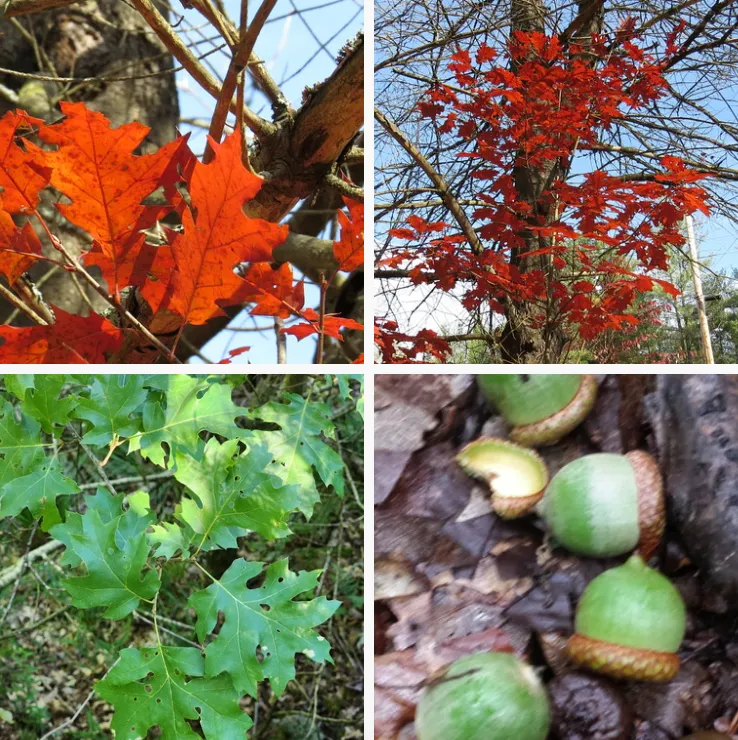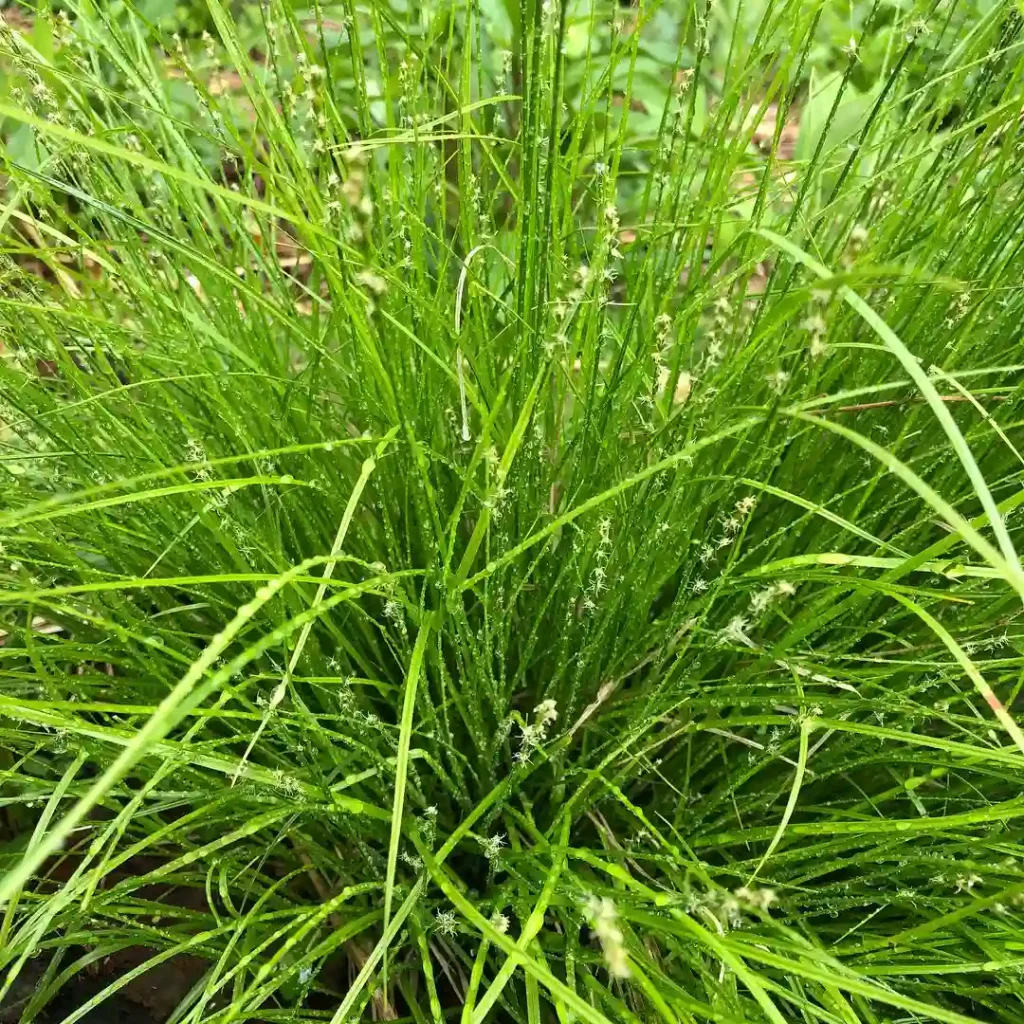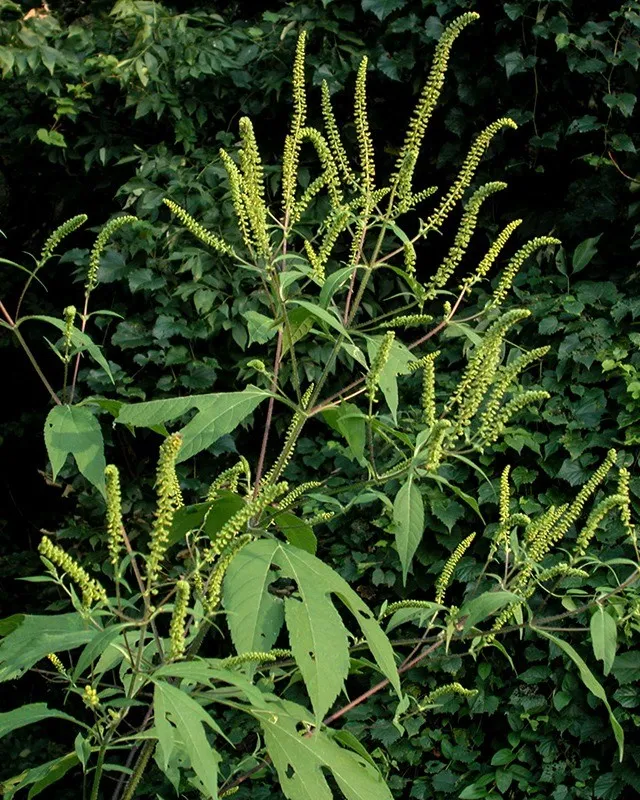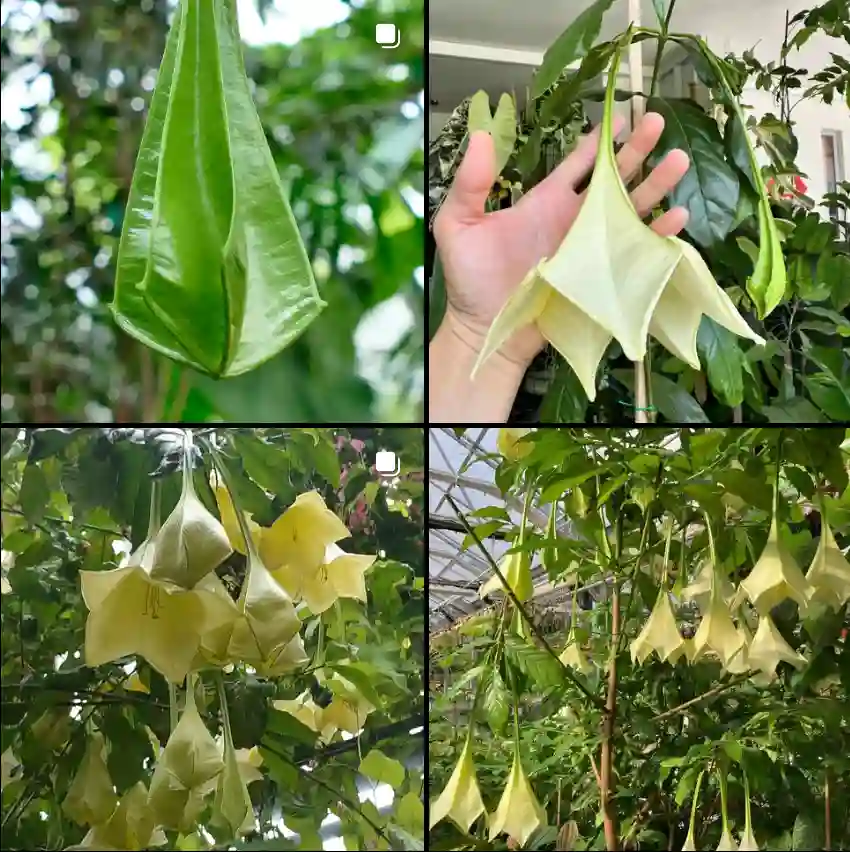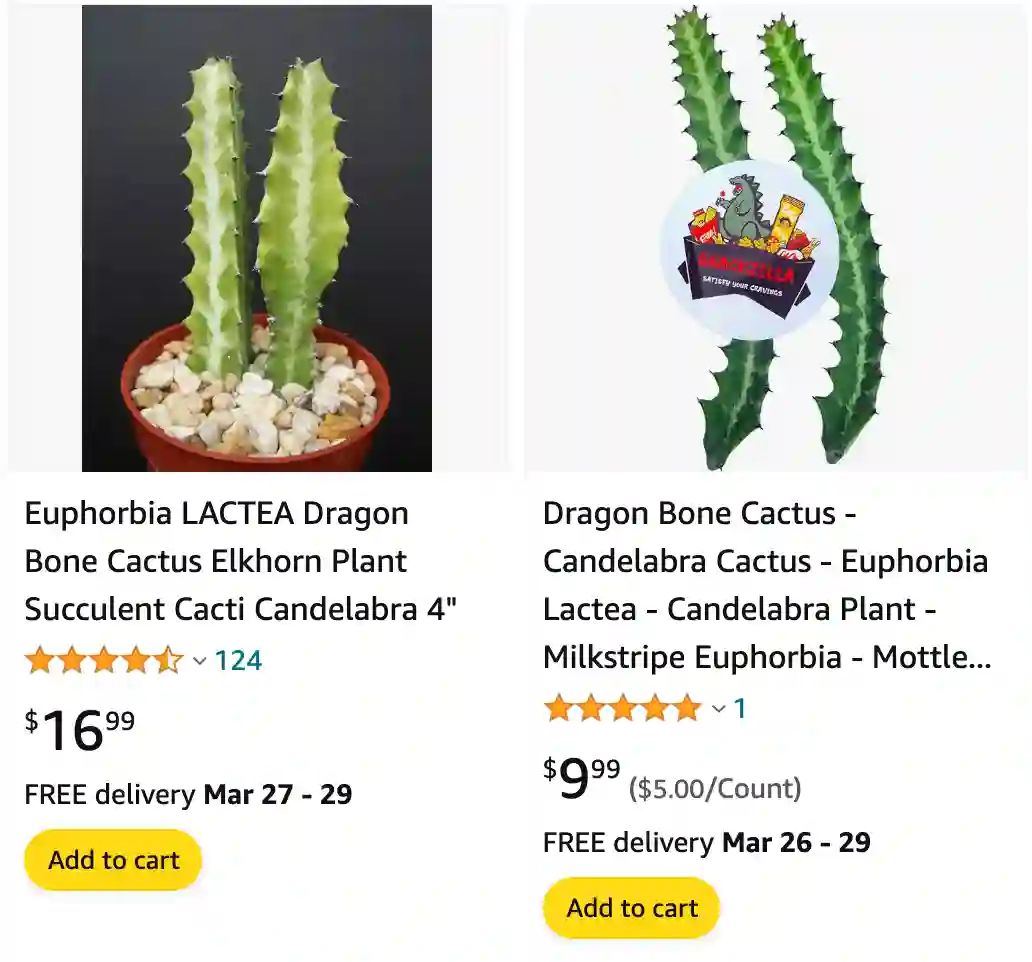
Euphorbia Lactea vs Trigona
Between Euphorbia Lactea and Trigona, I find Euphorbia Trigona to be more forgiving in terms of care. It’s handled changes in light and watering habits better than the Euphorbia Lactea I’ve had, which seemed more sensitive and prone to dropping leaves if conditions weren’t just right.
2093 Species in Genus Euphorbia
How to propagate Euphorbia lactea?
Propagation of Euphorbia lactea has been an intriguing journey for me. I’ve found that the most successful method involves taking stem cuttings during the growing season. I usually wait until spring or early summer when the plant is actively growing. Then, I carefully cut a healthy stem, making sure it’s a few inches long. After letting the cutting dry for a few days to form a callus, I plant it in well-draining soil and keep it in a warm, bright location. With patience and proper care, I’ve been able to propagate several new plants this way.
Can Euphorbia lactea grow outside?
Euphorbia lactea is a fascinating plant that can thrive both indoors and outdoors, depending on your climate. In my experience, it’s best to grow them outside if you live in a warm, dry climate with plenty of sunlight. These plants can handle full sun and prefer temperatures above 50°F (10°C). However, if you live in a colder region, it’s safer to keep them indoors or in a greenhouse during the winter months to protect them from frost damage.
Can I propagate Euphorbia lactea cristata?
When it comes to propagating Euphorbia lactea cristata, I’ve found it to be a bit more challenging compared to the regular Euphorbia lactea. Since cristata varieties have a unique crested growth pattern, they don’t produce regular stems for propagation. Instead, I’ve had success by carefully dividing the crest and replanting the separated sections. It requires precision and patience, but with proper care, the divided sections can develop into new plants.
How big of a pot to put Euphorbia lactea in?
Selecting the right size pot for Euphorbia lactea is crucial for its well-being. Based on my experience, I recommend choosing a pot that’s slightly larger than the plant’s current root ball. Euphorbia lactea prefers to have a snug fit in its container, as it helps to prevent waterlogging and promotes healthy root growth. Ensure the pot has drainage holes at the bottom to prevent water from accumulating, which can lead to root rot.
How do Euphorbia lactea get their color?
The vibrant colors of Euphorbia lactea are truly captivating and are primarily influenced by environmental factors such as sunlight and temperature. In my observation, when exposed to ample sunlight, especially during the growing season, the plant develops intense shades of green with hints of pink and purple. However, in low light conditions or during periods of dormancy, the colors may appear more subdued. Providing the right balance of light and warmth is key to maintaining the plant’s vibrant coloration.
How do you care for Euphorbia lactea cristata?
Caring for Euphorbia lactea cristata requires attention to its unique growth pattern and environmental needs. Since the crest is prone to rot if exposed to excessive moisture, I make sure to water sparingly, allowing the soil to dry out completely between waterings. Additionally, I provide ample sunlight, as cristata varieties thrive in bright, indirect light. Regularly inspecting for signs of pests or disease and promptly addressing any issues is essential for keeping these plants healthy.
How rare is Euphorbia lactea cristata?
Euphorbia lactea cristata is considered relatively rare in the world of succulent enthusiasts, which adds to its allure and appeal. Its distinctive crested growth pattern makes it a sought-after addition to succulent collections. While it may not be as readily available as other Euphorbia species, dedicated nurseries and specialty growers occasionally offer these unique specimens for sale. In my opinion, owning a Euphorbia lactea cristata is a privilege and a testament to the diversity of succulent life.
How to care for Euphorbia lactea cristata?
Caring for Euphorbia lactea cristata involves providing it with the right conditions to thrive. From my experience, I’ve found that these plants prefer a well-draining soil mix tailored for succulents and cacti. I also ensure they receive plenty of bright, indirect sunlight, as direct sun exposure can cause sunburn on the crest. During the growing season, I fertilize sparingly with a diluted succulent fertilizer to support healthy growth. Regular monitoring for pests and diseases, along with proper watering practices, is essential for maintaining these unique plants.
Is Euphorbia lactea poisonous?
Euphorbia lactea, like many plants in the Euphorbiaceae family, contains toxic latex sap that can cause skin irritation and other adverse reactions if ingested or in contact with skin or eyes. From my understanding, it’s important to handle these plants with care, wearing gloves and protective clothing when pruning or repotting to avoid exposure to the sap. Additionally, I keep them out of reach of children and pets to prevent accidental ingestion. While their toxicity adds to their defense mechanisms in the wild, it’s crucial to be mindful of it in a home environment.
Is it safe to put Euphorbia lactea in the home?
In my opinion, it’s generally safe to have Euphorbia lactea in the home as long as proper precautions are taken. These plants can add a unique and striking aesthetic to indoor spaces with their interesting growth habits and vibrant colors. However, it’s important to be aware of their toxic properties and take measures to prevent accidental exposure, especially if there are children or pets in the household. With proper care and attention to safety, Euphorbia lactea can be enjoyed as a beautiful and intriguing addition to any indoor plant collection.
What kind of Euphorbia is grafted to Euphorbia lactea crest?
The Euphorbia lactea cristata, also known as the “Coral Cactus,” is typically grafted with another Euphorbia species, such as Euphorbia neriifolia. This grafting process creates the distinctive crested growth pattern that makes Euphorbia lactea cristata so unique and sought after. From my observations, the grafted portion usually forms the crest, while the rootstock provides the plant with nutrients and support. It’s a fascinating example of horticultural ingenuity that results in a visually striking and distinctive succulent specimen.
If i die, water my plants!
